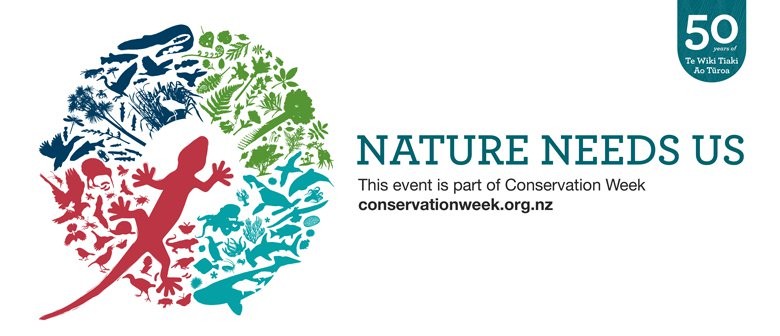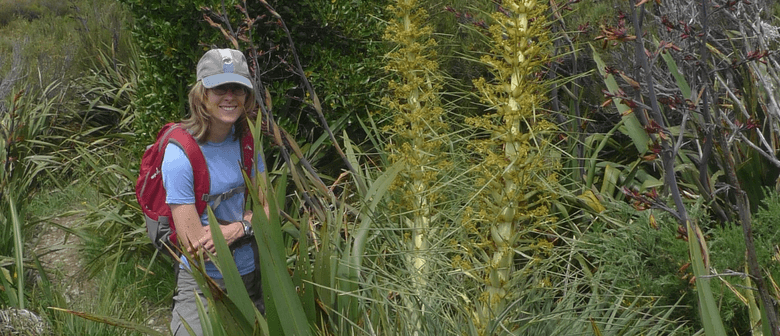Puahanui Bush - 10th Annual Ivy Pulling Day
5740 State Highway 50, Tikokino, Central Hawke's Bay
Ticket Information
Restrictions
Websites
Listed by
Puahanui Bush needs you! Volunteers needed to help the survival of this magnificent podocarp forest by joining us to find and pull out remnant pieces of ivy and any new seedlings from Hawke's Bay's largest lowland podocarp forest remnant, home to trees such as rimu, totara and mataī.
Join local landowners, The Conservation Company and the Department of Conservation for the 10th Annual Ivy Pulling Day at Puahanui Bush, Tikokino.
Entrance is at Gwavas Garden, 5740 SH59, Tikokino. Medium/gardening fitness required. Bring warm clothes, wet weather gear, gumboots, lunch and flask/drink.
Please register with Kay Griffiths, The Conservation Company:
Phone: 06 8577291
Email: info@the conservationcompany.co.nz
This event is part of Conservation Week 2019 - www.conservationweek.org.nz
Puahanui Bush is a 130ha conservation covenant in Tikokino, Central Hawke’s Bay, next door to Gwavas Garden. The lowland podocarp forest is the largest remnant of its kind within three surrounding ecological districts, and supports regionally rare long-tailed bats, bush falcon, large numbers of tui and kereru, forest gecko, and a range of unusual invertebrates.
Garden escapees have become established in and around Puahanui Bush over the last century. While hawthorn (Crataegus monogyna) and Japanese honeysuckle (Lonicera japonica) are also well established, English ivy (Hedera helix) has had the most noticeable impact, had become the most widespread (50% of total area), and has the potential to continue degradation of the forest ecosystem.
Kay Griffiths of The Conservation Company, who has been involved in the weed eradication at Puahanui Bush, says that "for decades this piece of bushland has been strangled by common ivy, with the weed spreading to two thirds of the forest. In some places there were at least seven native species that just stopped growing. Today, while there are still small bits of ivy in the bush, there is nowhere near as much as there used to be, but it has taken a long time to get the levels down."
Ms Griffiths says right now the Trust is in the maintenance phase of the weed control programme, which will take a long time because it's not known how long the seeds are viable for.
Log in / Sign up
Continuing confirms your acceptance of our terms of service.




Post a comment